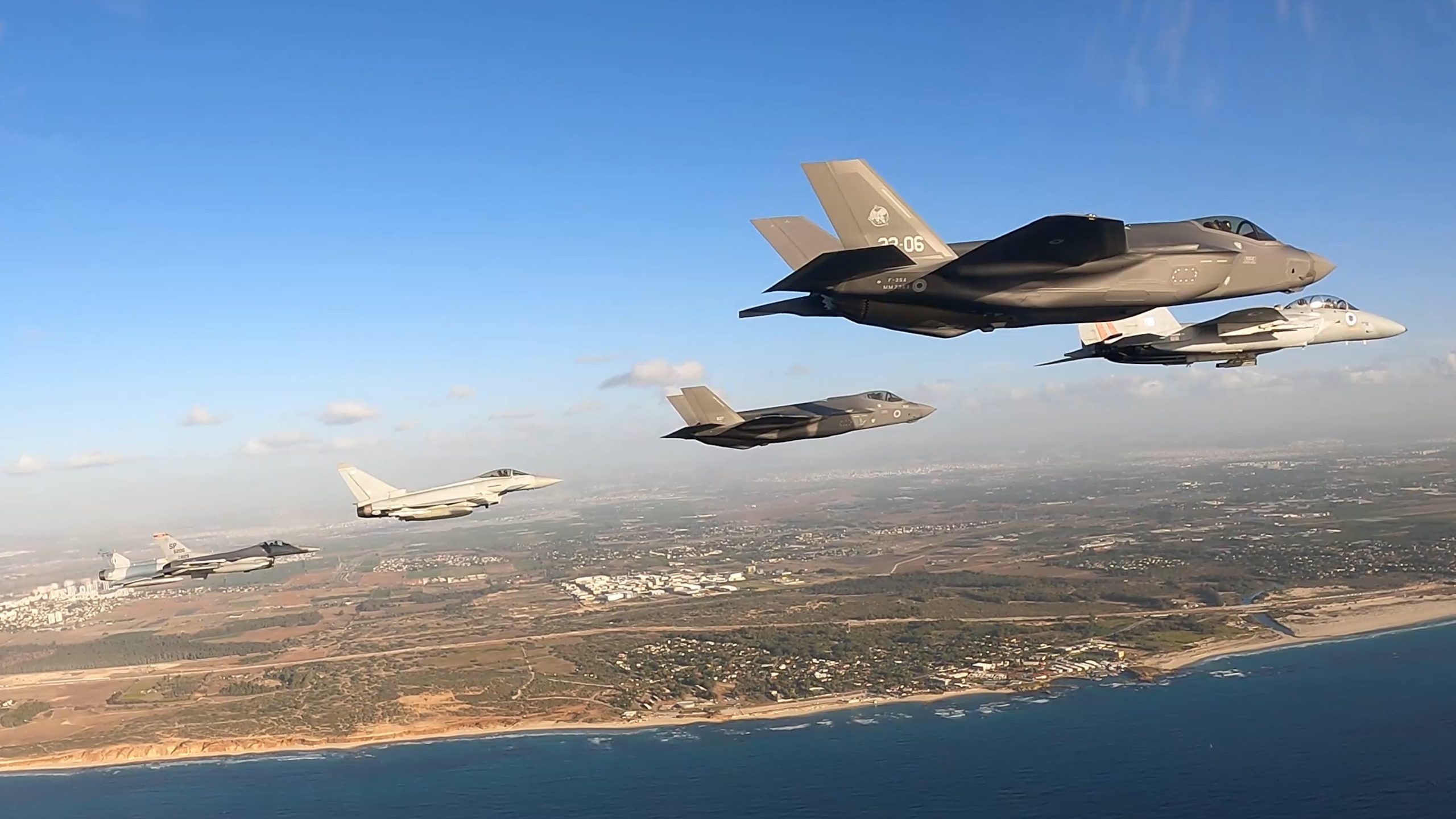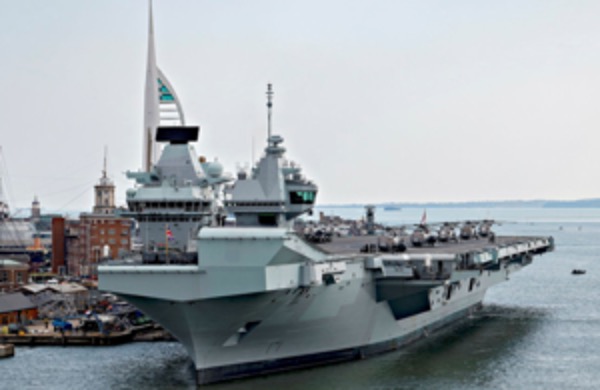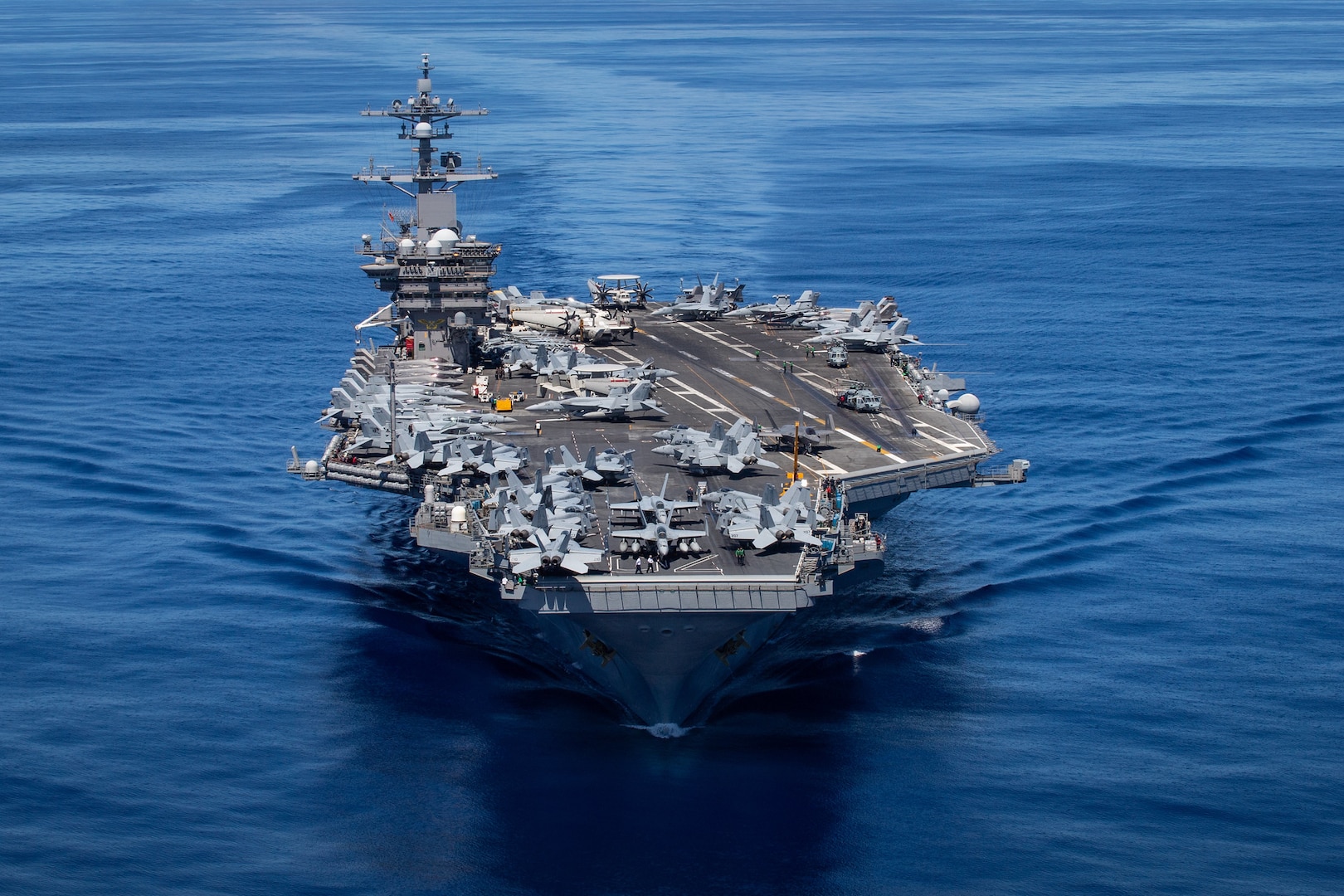By Pierre Tran
Paris – Britain and France, once close friends and military allies, are at each other’s throat.
The cultural approach of the British is pragmatism, while the archetypal French character is the intellectual.
A sample of both those qualities may be what is needed to defuse the tension, but it remains to be seen whether such a concoction will be found or even wanted.
British prime minister Boris Johnson and French president Emmanuel Macron may say how much they admire each other’s country, and yet the airwaves have been crackling with threats of legal recourse, acts of retaliation, and the need to meet crisis deadline.
There is a weighty list of grievances, which just does not go away. Where does one start?
– There is the French claim for a fair share of fishery rights in British territorial waters around the islands of Jersey and Guernsey in the Channel;
– Border control of trade between Northern Ireland, which is part of the United Kingdom, and the Republic of Ireland, which is a member of the European Union;
– Control of illegal immigrants crossing the Channel in attempts to enter the UK;
– And a deep pool of French resentment over being ejected from a prospective multi-billion euro program to design and build conventional attack submarines for the Australian navy.
Even if one of the points of contention were resolved, it looks likely the bitter tone of relations between London and Paris will drag on for some time.
One of the reasons each side likes to lambast the other is the perceived need to deflect domestic discontent — shortage of truck drivers in the UK or immigration concerns in France – by holding up the wretch on the other side of the Channel as the cause of concern.
Johnson and Macron may well have been in Rome over the weekend for the Group of 20 meeting of world political leaders, but the bitter dispute over the French call for British licenses for small French fishing boats hogged UK headlines and social platforms.
As the COP 26 UN climate change conference opened on Monday in Glasgow, Scotland, there was the UK imposing a 48-hour deadline for Paris to agree a deal on the fishing licences or face the anger of London in the courts of European law.
That had been the UK’s reaction to a French threat that as of Monday midnight there would be tighter border checks and British fishing boats would be banned from entering certain key French ports, a threat which Macron suspended by 24 hours to give more time for talks with Britain to defuse the fisheries dispute.
Relations between France and the UK are at a new low in response to Australia’s cancellation of a French project for a fleet of attack submarines, due to a deal with the UK and the US for a nuclear-powered boat.
That strain on the military front can be seen in France holding off the signing of a memorandum of understanding for work with the UK on a planned future cruise and anti-ship weapon, business website La Tribune reported Oct. 4.
The French defense minister, Florence Parly, called off a Sept. 23 meeting with her British counterpart, Ben Wallace. The two ministers would have signed the MoU, opening up the way for the assessment phase, the next step in the bilateral missile project.
European missile maker MBDA has completed the €100 million ($116 million) concept phase on the FC/ASW missile, which will replace the UK Storm Shadow and French Scalp cruise missiles, and Exocet and Boeing Harpoon anti-ship weapons.
MBDA is a joint venture held by Airbus (37.5 percent), BAE Systems (37.5 percent) and Leonardo (25 percent).
The political friction between Britain and France hitting MBDA points up a certain irony. It was the green light from London and Paris of a joint cruise missile program which led to the 1996 creation of the Anglo-French joint venture Matra BAe Dynamics, forerunner to MBDA, the core of European missile building.
It remains to be seen whether and when France regains appetite for cooperation with the UK on that missile project, one of the deals cited in the 2010 Lancaster House treaty, a bilateral agreement on close industrial and military cooperation.
That deterioration in cross-Channel relations can be tied to the Brexit move and an effective puncturing of political goodwill. Macron is an easy target for the UK conservative media outlets, while British politicians point up his need to prop up public opinion with the French elections due in April.
There is also anger in Paris with Canberra, stemming from the surprise announcement of an Australia, UK and U.S. alliance, dubbed AUKUS.
A core part of that exclusive coalition is the switch by Australian prime minister Scott Morrison to a future Australian fleet of nuclear-powered attack submarines based on British and U.S. technology, and dropping the French warship builder Naval Group, which had been working on a plan to design and build an Australian diesel-electric boat, dubbed Shortfin Barracuda.
The depth of Gallic ire can be seen in Macron telling Australian reporters on Sunday night on the sidelines of the G20 meeting that Morrison had allegedly lied when he said he had told Macron on the change of direction on the submarine program.
That open display of French presidential accusation of Australian falsehood was in contrast to U.S. president Joe Biden admitting that there had been room for improvement on announcing the AUKUS deal and the cancellation of the French boats.
“What we did was clumsy,” Biden said Oct. 29 after meeting Macron at the French embassy in Rome. “I was under the impression that France had been informed long before that the deal was not going through, honest to God.”
Increased U.S. support for French military operations in the sub-Saharan Sahel region, increased European defense autonomy, and greater clarity on U.S. authorization of arms exports under the International Traffic in Arms Regulations (ITAR) were among the U.S. pledges for better relations with France in the wake of AUKUS.
France has struggled with delivering weapons such as SCALP cruise missiles to export clients due to problems of securing ITAR clearance for U.S. components.
Emmanuel Macron, left, with Boris Johnson in Rome on October 31, 2021 © Guglielmo Mangiapane/Reuters









